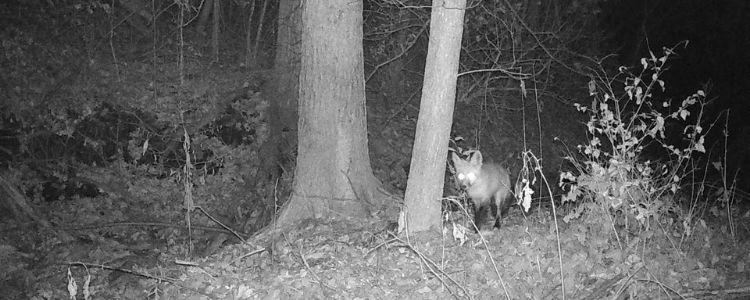Have you ever wondered why animals hibernate? Or seen an animal that you thought should be in hibernation but is right in front of you? Let’s talk about the deep sleep of hibernation.
First, let’s answer the question, why do animals hibernate? The simple answer is that some animals use hibernation to conserve energy during the winter when most of their food source is scarce. Animals get ready for their winter sleep by eating a bunch of extra food in the fall to pack on the pounds. Animals store this food as body fat, which they use for energy as they sleep.
Secondly, where do these animals hibernate? Obviously, they hide away as to not be disturbed. Some of the places they choose include holes underground, burrows, hollow trees, and caves (Not Cave of the Mounds as we have no natural opening). These hideaway places are their “hibernacula” which is Latin for “winter quarters”.

